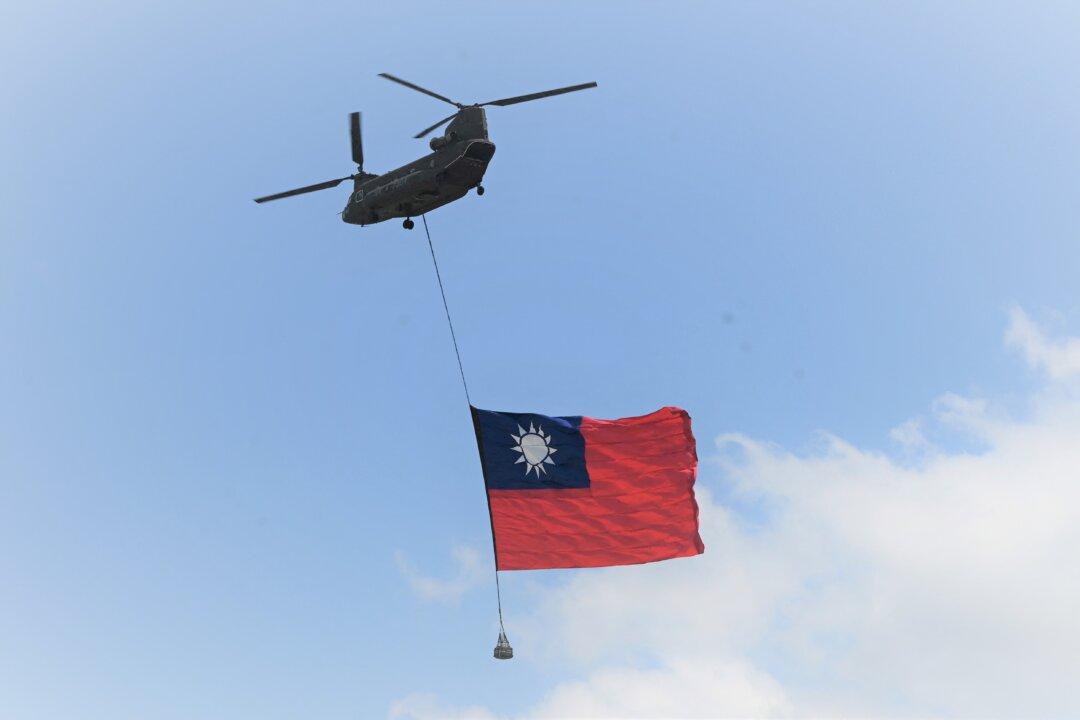Commentary
Capitalizing on the American strategic defeat in Afghanistan, the Chinese regime has stepped up incursions into Taiwan’s airspace in recent weeks.

Capitalizing on the American strategic defeat in Afghanistan, the Chinese regime has stepped up incursions into Taiwan’s airspace in recent weeks.